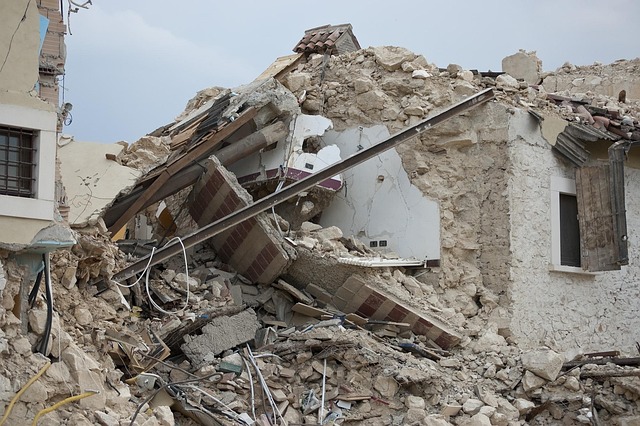Before investing in flood barriers and robust roofing for real estate, assess property vulnerability through location, elevation, drainage, and historical data. Choose materials like high-density polyethylene (HDPE) for temporary or steel/aluminium for permanent protection. Consider wave-resistant features in coastal regions. Prioritize high-quality materials and professional installation for roofs to prevent water intrusion. Regular maintenance is crucial for preserving flood protections and property value.
Protect your property and invest in peace of mind with flood barriers and robust roofing. In the face of rising sea levels and increasingly severe weather events, these crucial safeguards are essential for real estate investors and homeowners alike. This comprehensive guide explores how to evaluate your property’s vulnerability to flooding, select the best flood barriers (made from durable materials), and reinforce your roof against water damage, ensuring long-term protection for your valuable asset.
Evaluating Your Property's Vulnerability to Flooding

When considering flood barriers and sturdy roofing for your property, it’s crucial to first evaluate its vulnerability to flooding. As a real estate owner, understanding your home’s or building’s risk is the first step towards effective protection. Assess factors like proximity to water bodies, elevation, drainage systems, and historical flooding data. If your property lies in a low-lying area, near rivers or coastal regions, or has poor drainage, it may be more susceptible to flooding events.
Regularly reviewing local weather patterns and seeking expert advice can provide valuable insights into these vulnerabilities. This evaluation will guide you in deciding on the most suitable flood barriers for installation, ensuring your real estate asset is better protected against potential water damage.
Choosing the Right Flood Barriers: Materials and Designs

When considering flood barriers for real estate properties, selecting the appropriate material and design is paramount. Options range from robust plastic to sturdy metal, each offering unique advantages in terms of durability, cost, and ease of installation. For instance, high-density polyethylene (HDPE) barriers are lightweight yet incredibly strong, making them ideal for temporary or semi-permanent installations. In contrast, steel or aluminium barriers provide superior strength and longevity, suitable for permanent defenses against recurring flood events.
Designs also vary, catering to different landscape needs. Some barriers feature flexible, customizable profiles that can conform to irregular terrain, while others are straight and robust, better suited for more uniformed areas. Consider the layout of your property and potential flooding patterns when making this choice. In coastal or low-lying regions, for example, barriers with added wave-resistant features may be preferable, ensuring protection against both rising waters and powerful ocean waves.
Ensuring Robust Roofing: Strengthening Against Water Damage

In the realm of real estate, protecting properties from flood damage is paramount for investors and homeowners alike. A crucial component of this protection is robust roofing. Sturdy roofs act as a first line of defense against inundation, preventing water from infiltrating into attics and lower levels. When considering installation, opt for materials like metal or reinforced asphalt shingles, which offer superior resistance to heavy rainfall and storm surges.
Ensuring your roof is securely fastened with high-quality fasteners and installed by experienced professionals is essential. This reduces the risk of it being torn off during severe weather events, allowing water to pour in and cause extensive damage. Regular maintenance, including inspection and repair, plays a vital role in maintaining this defense mechanism, ensuring your home or investment property remains safe and valuable in the face of rising water levels.






